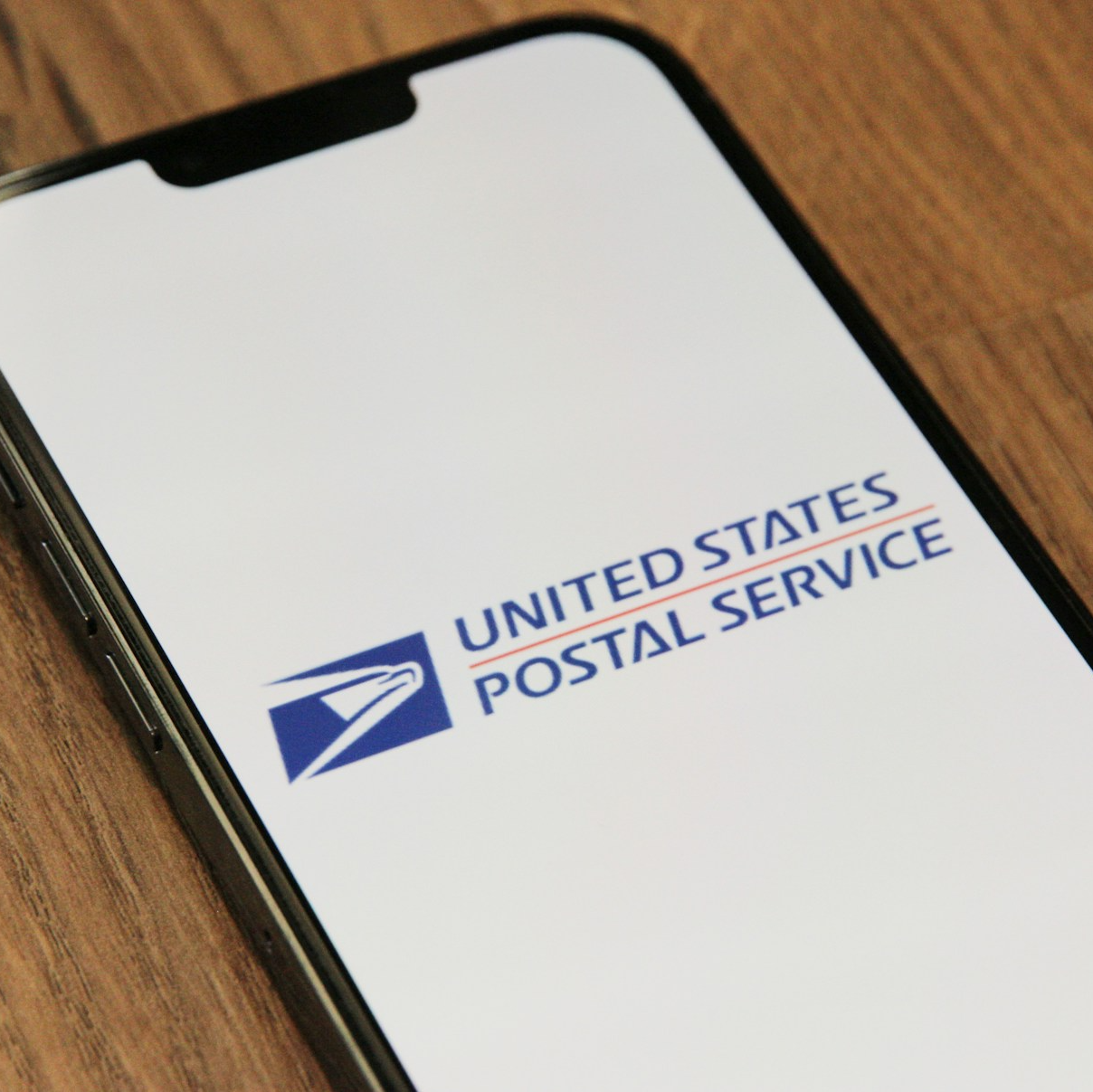Key Takeaways:
-
Medicare Supplement plans (Medigap) are not available under the Postal Service Health Benefits (PSHB) program, but Medicare integration can reduce healthcare costs for eligible retirees.
-
Understanding PSHB and Medicare coordination ensures you maximize benefits while minimizing out-of-pocket expenses.
How PSHB and Medicare Work Together
If you’re a retired postal worker or nearing retirement, you may be wondering how Medicare fits into your PSHB coverage. While PSHB plans offer extensive healthcare benefits, they do not include Medicare Supplement (Medigap) policies. Instead, many PSHB plans integrate with Medicare to help lower your healthcare expenses.
PSHB coverage is replacing the Federal Employees Health Benefits (FEHB) Program for postal employees and retirees in 2025. For those eligible for Medicare, enrolling in Medicare Part B is a key requirement to maintain PSHB benefits. This means your PSHB plan acts as secondary coverage to Medicare, reducing costs like copays and coinsurance.
Understanding how PSHB and Medicare coordinate will help you navigate your healthcare options and avoid unnecessary expenses. Here are five critical facts to keep in mind:
1. Medicare Supplement Plans Do Not Apply to PSHB
Medicare Supplement (Medigap) policies are designed to cover out-of-pocket costs like deductibles, copayments, and coinsurance that Original Medicare doesn’t pay. However, Medigap policies are not compatible with PSHB plans.
Since PSHB plans already work alongside Medicare to reduce costs, there is no need for a separate Medigap policy. Instead, your PSHB plan provides secondary coverage, handling most out-of-pocket expenses Medicare doesn’t cover. This means that retirees who enroll in both Medicare Part A and Part B will see lower healthcare costs under PSHB compared to Medicare alone.
What This Means for You
-
If you are covered under a PSHB plan, you do not need a separate Medigap policy.
-
Your PSHB plan functions as a Medigap replacement, covering expenses Medicare leaves behind.
-
Enrolling in Medicare Part B is crucial—without it, you may face higher out-of-pocket costs.
2. PSHB Plans Cover Additional Benefits Beyond Medicare
Medicare alone doesn’t cover everything. Many PSHB plans offer extra benefits beyond what Medicare provides, such as:
-
Prescription drug coverage (which Medicare Part A and B do not include)
-
Vision and dental care
-
Hearing aids and other wellness programs
This means PSHB retirees who enroll in Medicare can still access benefits that Original Medicare does not cover, making it a more comprehensive option than Medicare alone. However, benefits vary by plan, so reviewing your specific PSHB options is essential.
3. Your Out-of-Pocket Costs Depend on Medicare Enrollment
Medicare enrollment directly impacts your out-of-pocket costs. If you are enrolled in Medicare Part A and Part B, your PSHB plan will act as secondary coverage, minimizing your financial burden. Without Medicare, your PSHB plan becomes primary coverage, resulting in higher costs for services Medicare would have helped cover.
Here’s how costs change based on your enrollment:
-
With Medicare Part A and B: Lower out-of-pocket expenses, as PSHB picks up costs after Medicare pays.
-
Without Medicare Part B: Higher costs, as PSHB will not cover certain expenses Medicare would have paid first.
-
Without Medicare at all: You are responsible for all costs normally covered by Medicare.
4. PSHB and Medicare Enrollment Deadlines Matter
Missing important deadlines can result in penalties and higher healthcare costs. Here’s what you need to know:
-
Medicare Initial Enrollment Period (IEP): Begins three months before you turn 65 and ends three months after.
-
Special Enrollment Period (SEP): Available if you delayed Medicare enrollment due to employer coverage.
-
PSHB Open Season: Runs from November 11 to December 13, 2025, allowing changes to your PSHB plan.
Failing to enroll in Medicare Part B on time can result in lifetime penalties, increasing your monthly premiums. Since PSHB requires most retirees to have Medicare Part B, late enrollment could leave you with higher healthcare costs permanently.
5. Medicare Part D is Integrated into PSHB Plans
Under PSHB, you don’t need a standalone Medicare Part D plan because prescription drug coverage is already included. In 2025, all Medicare-eligible retirees under PSHB will receive prescription coverage through a Medicare Part D Employer Group Waiver Plan (EGWP).
This integration offers several advantages:
-
Lower prescription costs due to Medicare Part D rules.
-
No need to shop for a separate Part D plan.
-
Automatic enrollment ensures continued coverage.
If you’re currently enrolled in a separate Medicare Part D plan, switching to your PSHB-provided prescription coverage can simplify your healthcare benefits and save you money.
Making the Most of Your PSHB and Medicare Benefits
Now that you understand how PSHB and Medicare work together, here’s how to maximize your benefits:
-
Enroll in Medicare Part B on time to avoid penalties and higher out-of-pocket costs.
-
Review your PSHB plan options annually during Open Season to ensure they meet your needs.
-
Utilize PSHB’s extra benefits (like dental, vision, and hearing) that Medicare doesn’t cover.
-
Use your integrated prescription drug coverage instead of paying for a separate Medicare Part D plan.
-
Check cost-sharing details within your PSHB plan to understand deductibles, copays, and maximum out-of-pocket limits.
A Smarter Approach to Managing Healthcare Costs
PSHB retirees with Medicare have a unique opportunity to keep healthcare costs low while maintaining robust benefits. Since Medigap plans do not apply to PSHB, understanding how your PSHB plan coordinates with Medicare is the key to avoiding unnecessary expenses.
By making informed decisions about enrollment, coverage options, and cost-sharing rules, you can enjoy peace of mind knowing your healthcare is covered without overspending. Staying proactive and reviewing your benefits regularly will ensure you get the most value from your PSHB plan in 2025 and beyond.
Need Help? Talk to a Licensed Agent
Understanding your Medicare and PSHB options can be overwhelming, but you don’t have to figure it out alone. Reach out to a licensed agent listed on this website for expert guidance on making the best healthcare choices for your needs.













